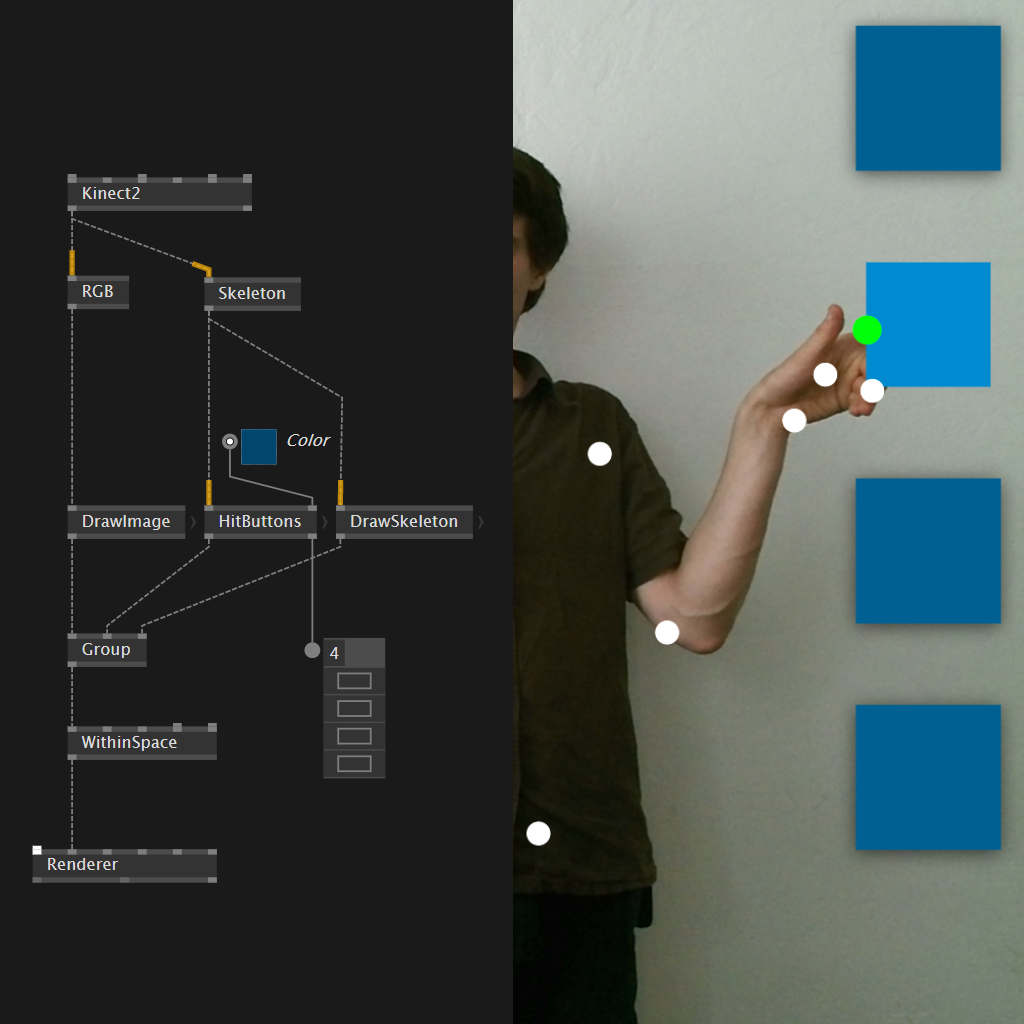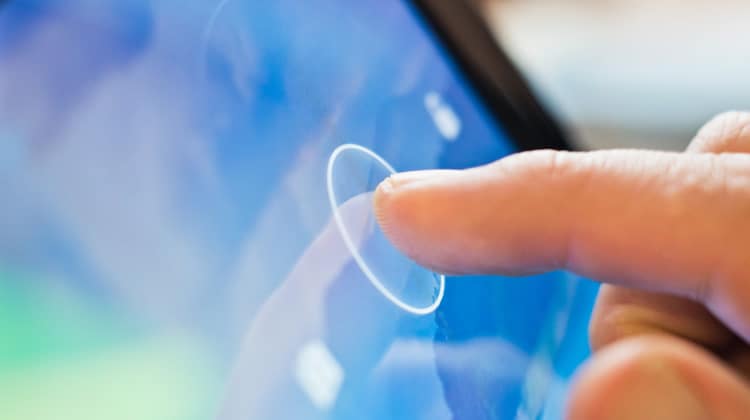Table Of Content

She encourages designers to get comfortable with the idea of a design not being perfect. Notice the many parallels between Laura’s advice for designers on agile teams and the mindsets of design thinking. Teams often use design thinking and agile methodologies in project management, product development, and software development. These methodologies have distinct approaches but share some common principles.
Prof. dr. Giaccardi, E. - TU Delft EN
Prof. dr. Giaccardi, E..
Posted: Thu, 21 Mar 2024 11:23:57 GMT [source]
What foundational skills are most important for becoming an interaction designer?
GbyE can simulate the effects of gene-environment interactions by building genotype files for multiple environments or multiple traits, normalizing the effects of multiple environments and multiple traits on marker effects. It also enables higher statistical power and prediction accuracy for GWAS and GS. To sum it all up, UX design involves the research of what a user needs, ideating a product or experience to deliver on those needs, iterating on that product in the form of usability testing, and eventually prototyping. Visual design comes in in the later stages of sketching/prototyping and ironing out what the actual look and feel of the product should be. Finally, interaction design is built upon the visual design foundation in the prototyping step using tools like Figma to map out how the users and product act and react to each other. In an increasingly digital world, where nearly every facet of our lives involves technology and digital interactions, the role of interaction design has never been more critical.
References & Where to Learn More
By understanding the principles of interaction design and following a structured design process, you can create effective digital interfaces that meet the needs of your users. By using the right tools, you can streamline the design process and create high-quality digital interfaces that provide an intuitive, efficient, and enjoyable user experience. In conclusion, interaction design is a multifaceted discipline that plays a pivotal role in shaping the user experience of digital products and services. It’s not just about making things look pretty; it’s about creating meaningful, intuitive, and engaging interactions that cater to the needs and expectations of users.
LogRocket: Analytics that give you UX insights without the need for interviews
Also, colors can appear different depending on their background, a phenomenon known as simultaneous contrast. For an in-depth exploration of color's impact on design, watch the insightful video by Joann Eckstut on the topic. Focus on emotion – the pleasure of use is as vital as ease of use; arouse users’ passion for increasing engagement.
Interaction design is one area of user experience where you can make a big impact, and having the right training and skills will set you on a path to success. Plus, interaction design can save both time and money as it can provide more accuracy when estimating timelines for development. It also means the design team isn’t adding unnecessary features that can impact budget and implementation.
While no singular path exists, common beneficial majors include design, human-computer interaction, cognitive science, technical communications, psychology, anthropology, and media arts. Both structured academic settings and experiential learning in maker communities build capabilities effectively. Rapid prototyping prunes ineffective concepts quickly at the formative stage before extensive coding using tools like Figma, Framer, Invision Studio, and Adobe XD. Distilling needs and wants into actionable insights mandates deductive critical thinking and analytics. Intuitive spatial and temporal mappings between actions and reactions boost predictability.
Interaction design (IxD): Definition, examples, and guide for stronger UX
Designers or evaluators rigorously test the complete product using the best solutions identified in the Prototype stage. This is the final stage of the five-stage model; however, in an iterative process such as design thinking, the results generated are often used to redefine one or more further problems. You can then proceed with further iterations and make alterations and refinements to rule out alternative solutions. The ultimate goal is to get as deep an understanding of the product and its users as possible. People sometimes use design thinking and human-centered design to mean the same thing.
The word "users" removes their importance and treats them more like objects than people. By replacing “user” with “human,” designers can empathize better with the people for whom they are designing. Don Norman takes HCD a step further and prefers the term People-Centered Design. In design thinking, teams may jump from one phase to another, not necessarily in a set cyclical or linear order. For example, on testing a prototype, teams may discover something new about their users and realize that they must redefine the problem.
MFA Interaction Design - SVA Features
MFA Interaction Design.
Posted: Sat, 14 Dec 2019 21:18:31 GMT [source]
Importantly, this method can be seamlessly integrated into any GWAS and GS analysis. The growth and development of organism were dependent on the effect of genetic, environment, and their interaction. In recent decades, lots of candidate additive genetic markers and genes had been detected by using genome-widely association study (GWAS).

Once the team identifies one or more solutions, they determine whether the organization can implement them. In theory, any solution is feasible if the organization has infinite resources and time to develop the solution. However, given the team’s current (or future resources), the team evaluates if the solution is worth pursuing. The team may iterate on the solution to make it more feasible or plan to increase its resources (say, hire more people or acquire specialized machinery). Wicked problems demand teams to think outside the box, take action immediately, and constantly iterate—all hallmarks of design thinking.
With UXPin Interactions, designers can build immersive, code-like experiences far beyond the capabilities of image-based design tools. UXPin offers a wide range of triggers, actions, and animations to create fully functional, animated prototypes. It’s an interaction designer’s job to ensure that it’s obvious to users how to complete tasks using UI elements. All design thinking activities—from empathizing to prototyping and testing—keep the end users front and center.
These practical instances provide insights into the process, the challenges, and the outcomes of thoughtful interaction design. We shouldn’t neglect the myriad of skills that an Interaction Designer must possess. Tech-savviness, creativity, problem-solving, and communication skills are all part of their arsenal. Proficiency in design software like Adobe XD, Sketch, or Figma is a given, as is a solid understanding of design principles and user psychology.
However, real-world projects often face time and financial constraints, which necessitates strategic trade-offs. Despite these challenges, it's crucial not to skimp on essential aspects like user research and testing. For instance, employing cost-effective methods such as paper prototyping can offer early insights into potential solutions, which helps to steer the design in the right direction. When designers aim for a minimum viable product (MVP)—a functional, marketable version of an app, for example—it allows for quicker iteration based on user feedback, rather than waiting for a "perfect" product.
Unlike user experience design, IxD focuses on engineering the technology system to support the user’s experience. User experience also includes more than just interaction design – for example, it can look at content, user testing, and user persona mapping. Put simply, interaction design (IxD) involves examining and defining the interactions (via an interface – UI) between a system and its user (UX). As a practice, it strives to create more meaningful relationships between people and the products and services that they use.
Tests may also create new ideas for projects or reveal insights about users. These stages are different modes that contribute to the entire design project rather than sequential steps. The goal is to gain a deep understanding of the users and their ideal solution/product.
No comments:
Post a Comment